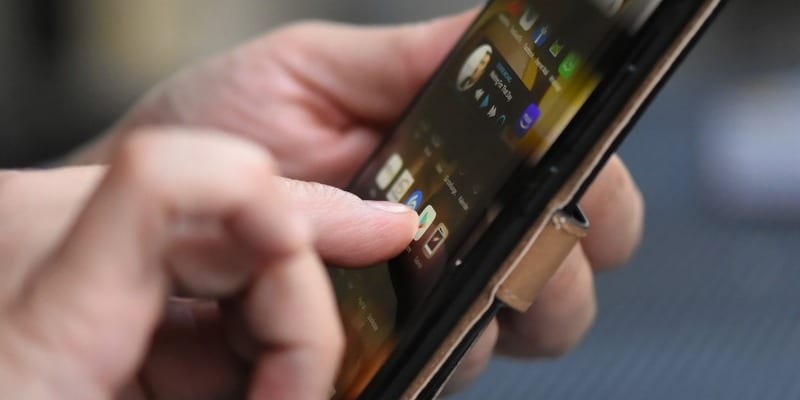7 BYOD Best Practices Your Enterprise Needs to Adopt

What are the BYOD best practices that your enterprise needs to adopt? Bring your own device programs are sweeping the business world, allowing employees to use their own devices for company tasks. If the program is designed and implemented correctly, it allows your company to maintain successful business operations while improving user experience across the enterprise.
In order to create a successful BYOD program, however, your company needs to have the right set of practices and policies in place. We’ve compiled a listed of seven best practices that every BYOD program needs to have!
One way to help ensure your BYOD program is successful alongside these best practices is using an enterprise mobility management (EMM) solution. Our free 2019 Buyer’s Guide contains profiles on the top vendors in the mobility management field and their key features and functions. It also lists questions you should ask yourself and prospective vendors before you choose a solution.
Writing out a standard formal BYOD policy
A proper BYOD program should be just that — a program, not just a loose idea or a concept your enterprise tosses around with its employees. Your enterprise needs to write out its BYOD policies so that everybody will be on the same page regarding the process of setting up a personal device for business work. This includes device requirements, stipulations and restrictions for employees, and security policies. Also, a company must use the same policy for each employee, with no special provisions or demands for specific employees. This will not only make managing BYOD devices simpler for you, but it will also ensure the BYOD security is consistent across your enterprise.
Identity and access management
For a BYOD program, you don’t want anybody accessing your devices and services if they aren’t authorized to. Your BYOD policy should outline identity and access management protocols to ensure that only authorized users are allowed to access a device and the data contained within. Strong passwords should be implemented, alongside other authentication methods like biometrics and transaction checks.
Ensuring employee privacy
When your company implements a BYOD policy, your employees might be concerned about their personal privacy. They may feel like a BYOD program is an excuse for your enterprise to spy on its users, or to access personal data stored on their phones. This, of course, isn’t the case — but you need to communicate this to your employees. Your company must address employee concerns concerning data privacy, especially if you’re installing an EMM solution to help manage devices.
Promoting safe and secure mobile device usage
Your users can often be the biggest security threat to your enterprise, and this hold true for BYOD policies as well. When your enterprise integrates a BYOD program, it needs to promote safe and secure mobile device usage by establishing mandatory security policies. These policies should include not connecting to public WiFi and only installing trustworthy apps to a device. If necessary, your BYOD policy should include penalties for not following these protocols, or incentivize users who follow them diligently.
Remote device wiping
In an emergency situation, your company needs to be able to remove sensitive business data from a device. In the majority of cases, that could be impossible to do unless you can remotely wipe that data. Many enterprise mobility management solutions allow your company to remove corporate data from mobile devices from a single-pane management console. This way, you can protect your company if an unauthorized user access a device or your device becomes inaccessible.
Lost or stolen devices
You never want to think about it happening, but your BYOD program needs a system in place in case a BYOD device is lost or stolen. Users need to report a lost/stolen device to your enterprise as soon as they can; reducing the time between when a device goes missing and when your company learns about it reduces the time that a device with sensitive data is exposed to harmful actors. Some EMM solutions also include geographic locating features so you can track down devices that get lost.
Removing a device from a BYOD program
There will come a time when you need to remove a device from your BYOD program. The employee who owns the device may be leaving the company, or they need to replace the device with a new one. When a situation like this arises, your company should have an exit strategy for a device in place. This will include steps your enterprise and the user will follow to transition a device out of the program. Alternatively, if an employee suddenly leaves and you can’t contact them regarding removal from the program, you should remotely wipe the data using an EMM solution.
Looking for more info on the benefits of enterprise mobility management? You should check out our free 2019 MDM Buyer’s Guide. We profile the top vendors in the mobile device management field, their key capabilities, and our Bottom Line for each.
Check us out on Twitter for the latest in Enterprise Mobility news and developments!






















